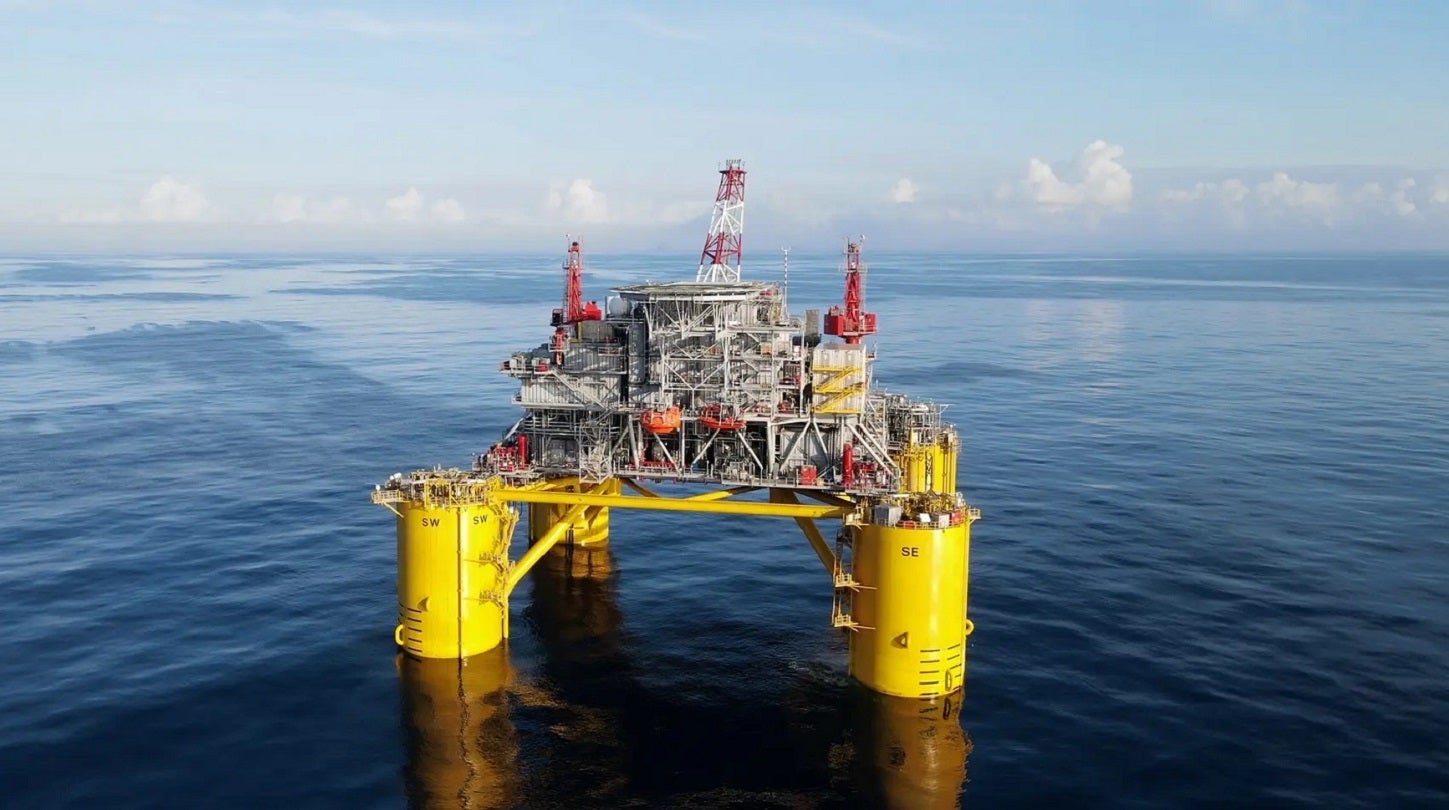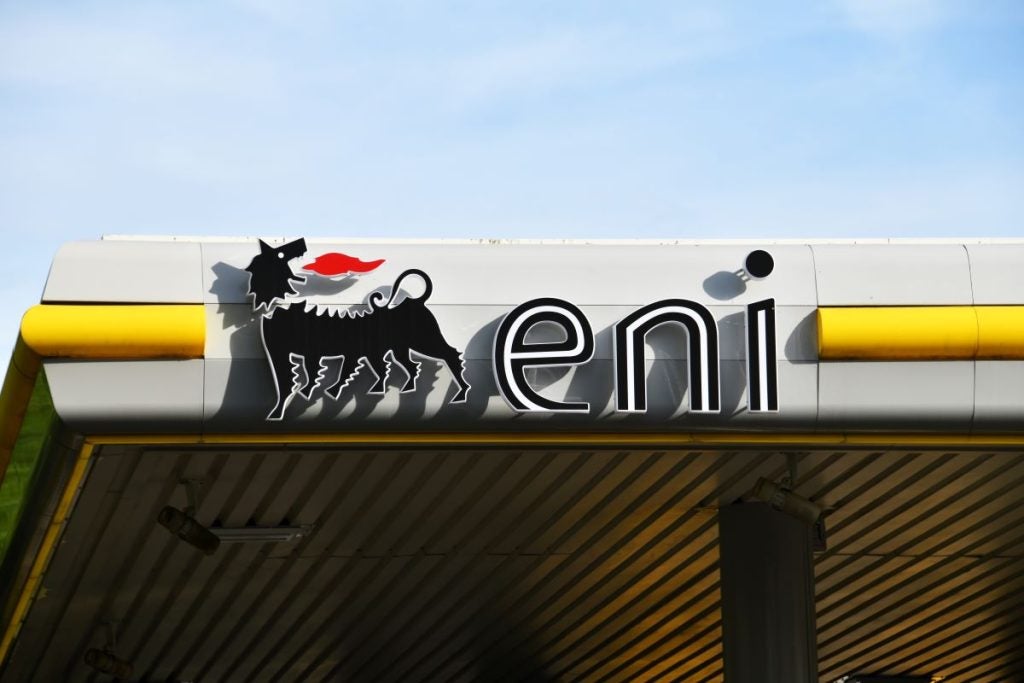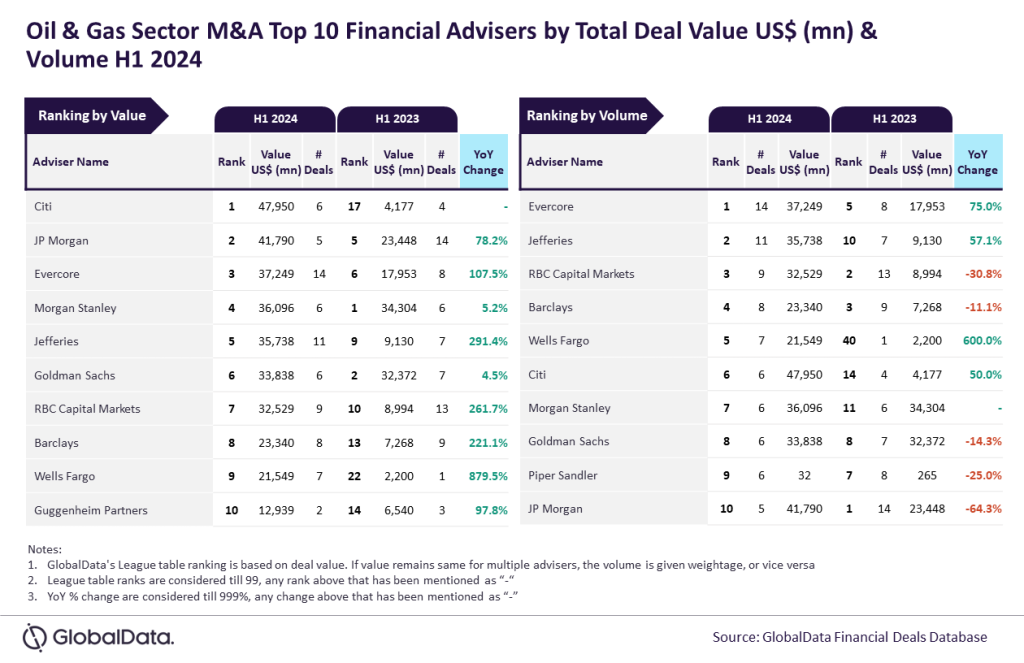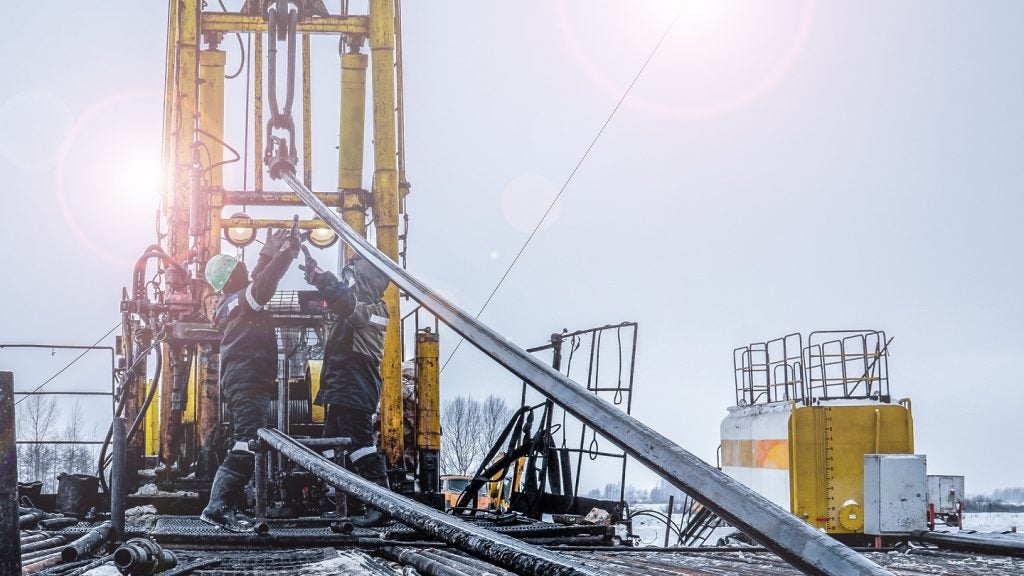
Shell, through its subsidiary Shell Offshore, and Equinor have started production at the Vito deepwater platform in the US Gulf of Mexico (GoM).
The move comes approximately 14 years after the discovery of the Vito deepwater field.
Shell discovered the Vito oil field in 2009. The field is spread over four outer continental shelf (OCS) blocks in the Mississippi Canyon.
The Vito platform is expected to have a peak production capacity of 100,000 barrels of oil equivalent per day (boepd).
The Vito four-column, semi-submersible host facility comprises eight subsea wells, gas lifts, and associated subsea flowlines and equipment.
In 2015, Vito platform’s original designs were revamped to reduce its CO₂ emissions by 80% during its lifetime.
How well do you really know your competitors?
Access the most comprehensive Company Profiles on the market, powered by GlobalData. Save hours of research. Gain competitive edge.

Thank you!
Your download email will arrive shortly
Not ready to buy yet? Download a free sample
We are confident about the unique quality of our Company Profiles. However, we want you to make the most beneficial decision for your business, so we offer a free sample that you can download by submitting the below form
By GlobalDataThe new rescoped design also saved 70% of original cost estimates, Shell said.
Shell upstream director Zoe Yujnovich said: “Vito is an excellent example of how we are approaching our projects to meet the energy demands of today and tomorrow, while remaining resilient as we work toward achieving net zero emissions by 2050.”
Shell Offshore owns a 63.1% stake in the Vito field, which is estimated to have a recoverable resource volume of 290 million barrels of oil equivalent.
Equinor holds the remaining stake of approximately 36.9%.
In a separate announcement, Equinor has awarded two contracts to TechnipFMC for the subsea production system for the Verdande project and Irpa oil and gas development project on the Norwegian Continental Shelf.
For the Verdande project, TechnipFMC will provide complete subsea production systems including subsea trees and structures, control systems, connections, tooling, and installation support.
Under the contract for the Irpa project, TechnipFMC will be responsible for the supply and installation of subsea trees, control systems, structures, and connections, as well as tooling.







